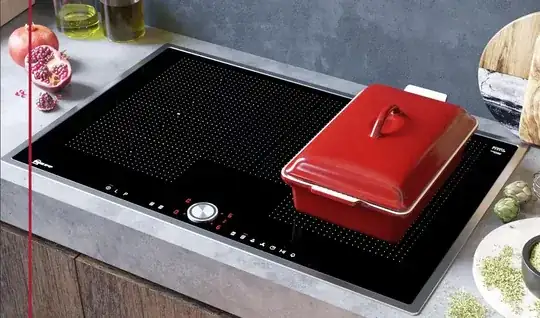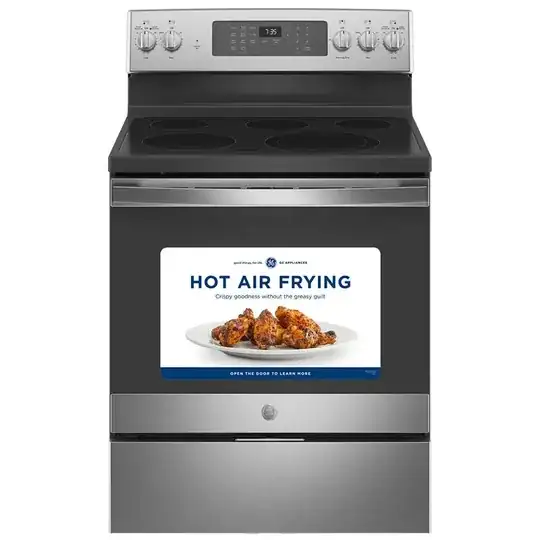I'm about to buy a new 80cm hob for my kitchen and already decided to go for induction.
However, I'm torn between a more classical layout like this:

and one with large "flex induction" zones:

The spare part diagrams show the shapes of the inductor coils very clearly:


The circular coil is probably - I never used induction before so I do not know - better at heating up the pot or skillet very evenly compared to the two rectangular coils.
However, I have no idea whether this has any noticeable effect when cooking (I did find some tests where they put a metal plate on top and burnt flour to see the head distribution).
For example, when making Schnitzel, I usually put 2-3 Schnitzels in a ø28cm skillet (ø24 on the bottom), but of course I want them to fry somewhat evenly (and in particular not have areas that are still raw, while the crust is turning black in other areas). Or when making meatballs, I have lots of small pieces covering most of the skillet - obviously I want them all to fry properly.
So my questions are:
- Does a decent pan/skillet/pot distribute the heat well enough so the inductor coil shape doesn't really matter?
- Is there a strong advantage of having the circular-shaped inductors instead of only flexible zones?
In case it matters, I typically use no more than two pieces at a time, e.g. a pot to boil pasta and a pan/skillet to fry something, or two pans in case there's more to fry.